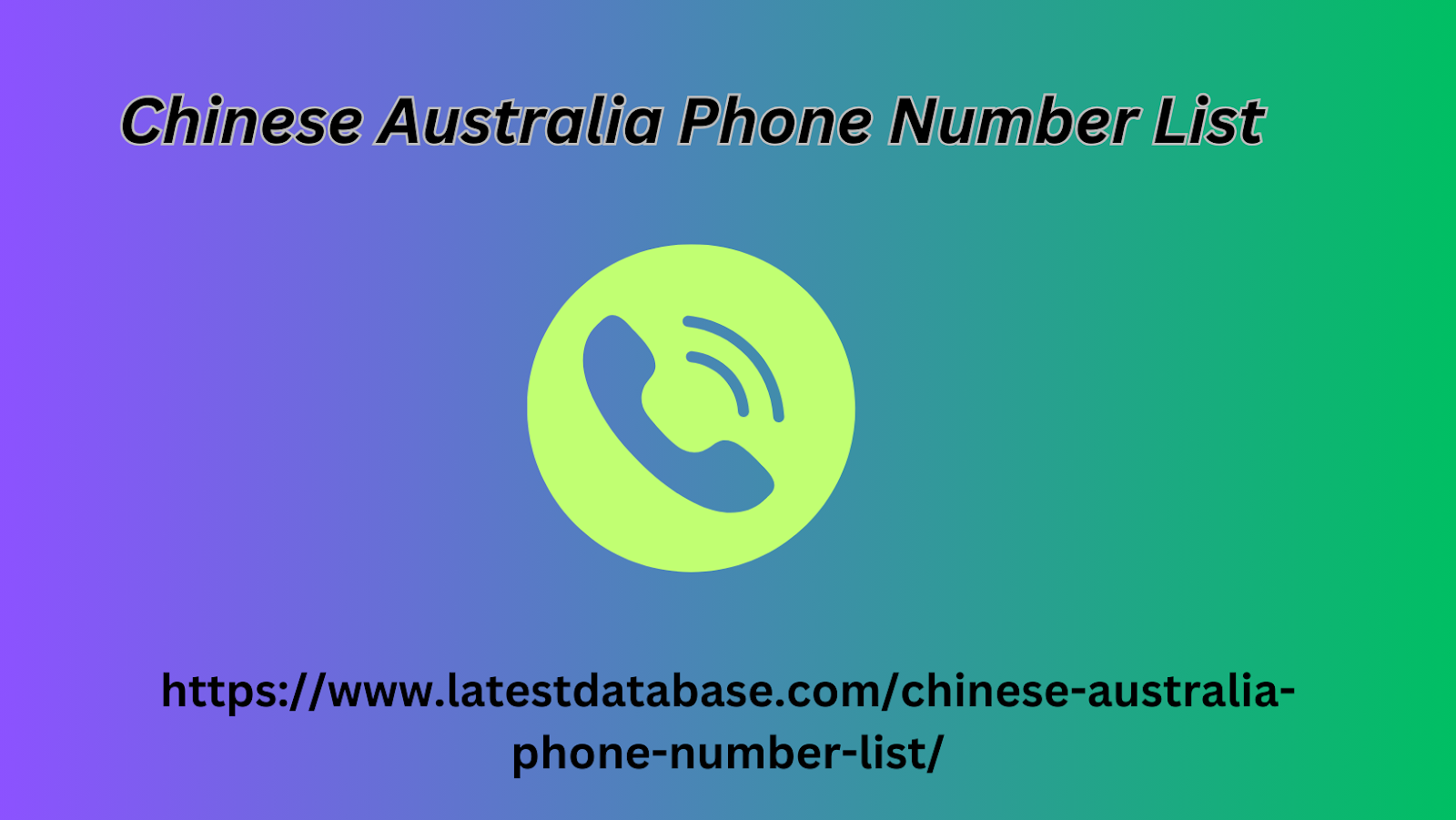|
|
h simulation programs we can experience situations and environments that we would hardly be able to access under other circumstances. Whether for financial or highly dangerous reasons. This teaching resource must be adapted to the context in which it will be used and the proposed learning objectives must be considered at all times. An example of a free simulation program that can be used as a classroom tool is Google Earth . With this easily accessible simulator you can explore satellite images from around the world. In addition, you can find 3D constructions, as well as relief images of a wide variety of places.
ADVERTISEMENT Google Earth's resources are many. With its applications Chinese Australia Phone Number List it is possible to learn not only geography, but also history, biology, physics, etc. 3. Problem solving programs The main objective of these software is to develop the student's analytical capacity . To do this, the student must analyze the possibilities, pose hypotheses and follow a series of sequences in order to solve a puzzle or problem. Many of these types of programs can be found in the form of

simulators. An example of a problem-solving program is the microLAB software . This software specialized in solving chemistry problems at advanced levels promises effective and safe learning, with low costs and little waste. MicroLAB complements chemistry teaching in a practical way without the need for a large amount of resources in the laboratory. 4. Virtual encyclopedias Virtual encyclopedias allow greater agility in the search for information . The possibility of consulting them anywhere, the constant updating of data and their accessibility make virtual encyclopedias an excellent source of knowledge. There is a wide variety of online encyclopedias known and consulted by a large num
|
|